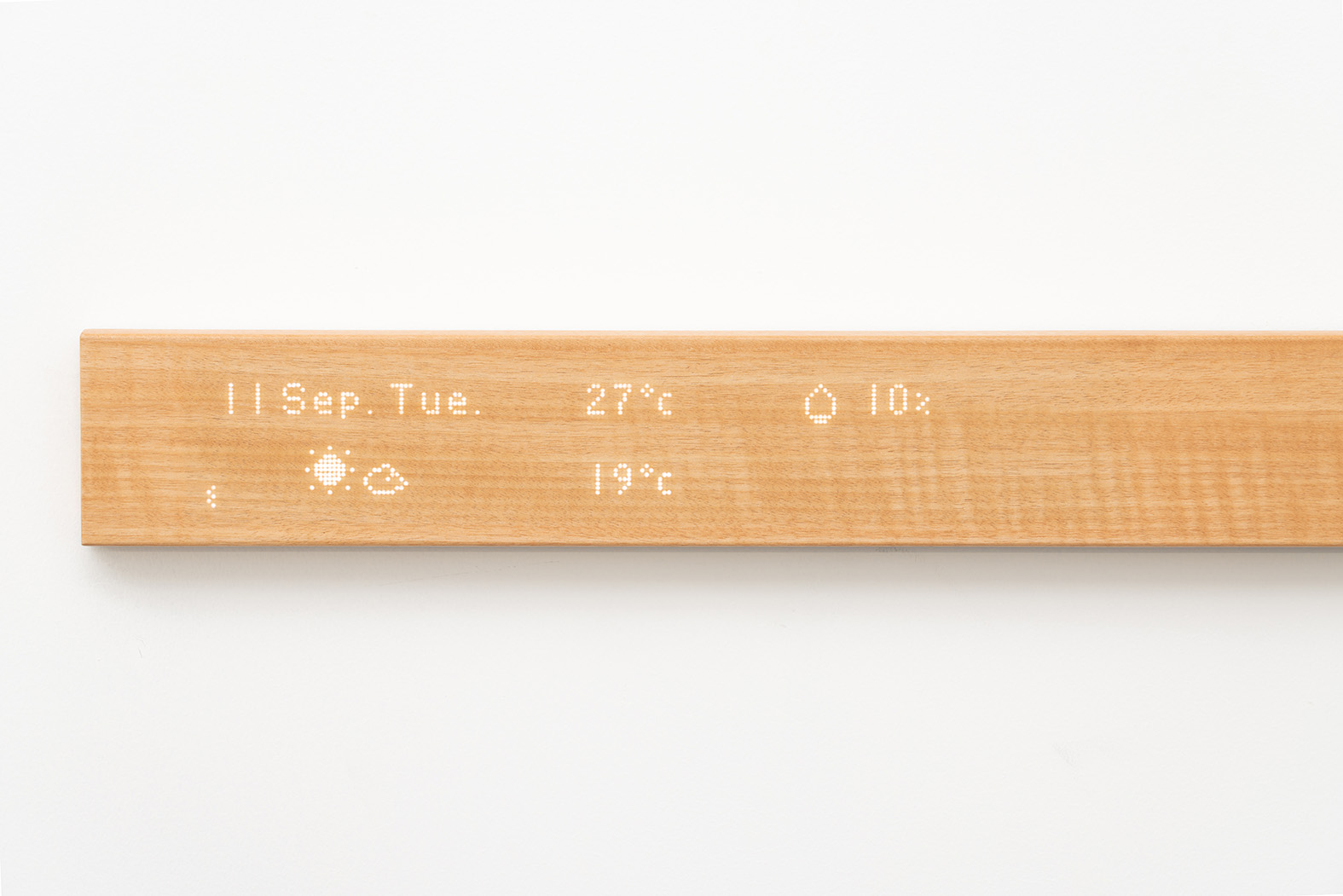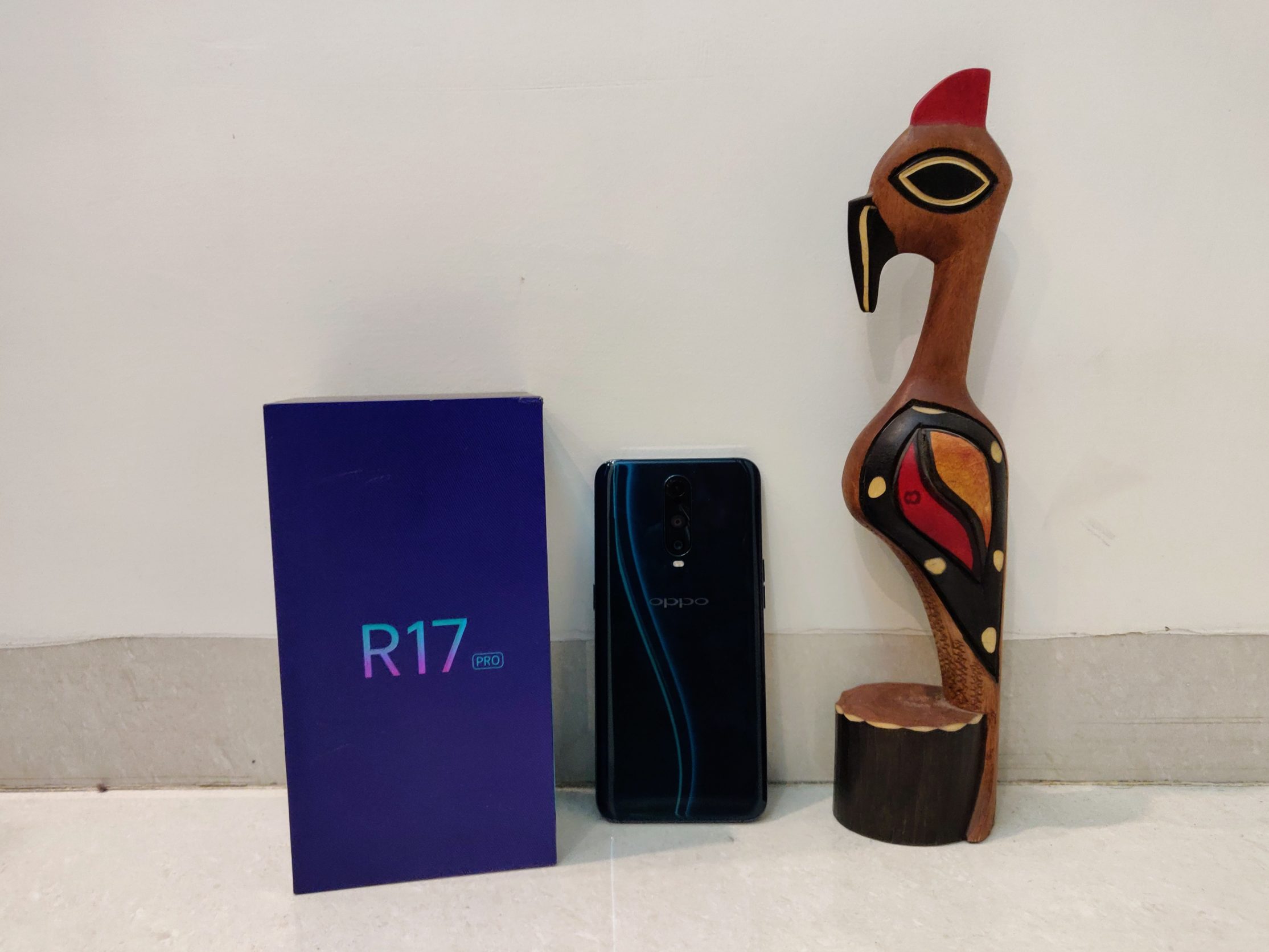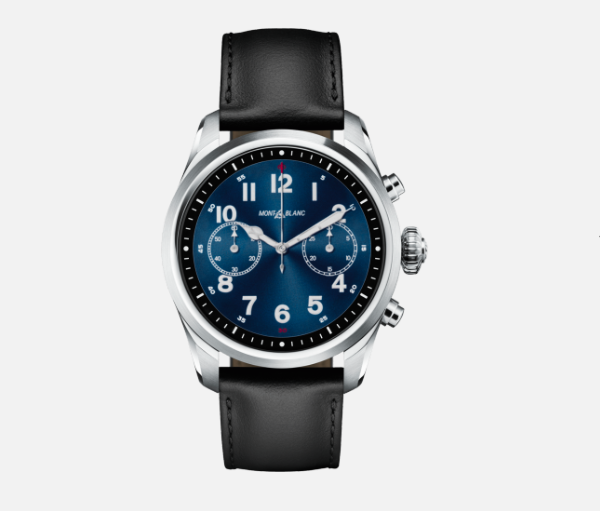The Pixel 3 is the latest generation of Pixel smartphones from Google, building on the 2017 edition of the Pixel 2. Just like previous years, the Camera and Google’s software prowess takes the center stage. Hardware is still work-in-progress. So, what explains Google’s persistence with the Pixel smartphones?
![]()
Beginning with its very initial foray into smartphones with the Nexus range, Google has not had a sharp focus on hardware. Google was content with building the Android OS ecosystem. Soon enough, Android become the most significant OS in the world. On the flipside, Google missed out on building critical supply chain partnerships, as well as developing the skills base internally, to give it the necessary fillip with its hardware strengths. So, while it had Android, it did not have the muscle to out-compete others on the smartphone hardware.
Google continues to rely on its software strengths and AI capabilities to position Pixel 3 as a great smartphone in the current sea of sameness. Whether it be integrating AI into the smartphone for driving efficiencies or for imparting significantly better camera experience, Google plays smart. While AI is increasingly surfacing as a must-have marketing buzzword for most smartphone brands, Google smartly marries their machine learning algorithms and software with their hardware.
Many of the Pixel’s AI-powered features, including camera features like Top Shot, Photobooth, and Lens suggestions, are processed on-device. What AI on-device means is that these experiences are exceptionally swift, and consume less battery.
The Google Assistant in Pixel 3 continues to see improvements, helping one find answers and control the Pixel 3 just by using voice. On the digital wellbeing front, the Pixel 3 comes with a dashboard to help one understand how one spends time on the phone, the ability to set time limits on specific apps, among other features.
The Pixel 3 comes with AI-powered Adaptive Battery that prioritizes battery power for one’s most important apps to make the phone last all day.
In a future, underlined by consumer IoT, the Pixel 3 is a key part of the puzzle to Google’s ambitions to dominate the smart home. Google’s recent hardware play has come up with some interesting devices for the smart home. While Google enjoys overwhelming presence across the smartphone ecosystem, it understands the need to take control with its own smartphone, and control the gateway into the smart home.
However, Google’s positioning of its Pixel smartphones against Apple and Samsung adds up against it.
With the Pixel 3, Google has a smartphone with exceptional camera capabilities and lesser hardware issues. However, the market realities and the rise of Chinese smartphone giants with deep innovation pipelines, weigh against them. Unfortunately, with the Pixel brand story being still a work-in-progress, it would have been pragmatic and more aggressive to position the Pixel against the likes of OnePlus and other entry-level premium smartphones. That would have given Pixel a leg to stand on, for its fourth generation of Pixel smartphones.



